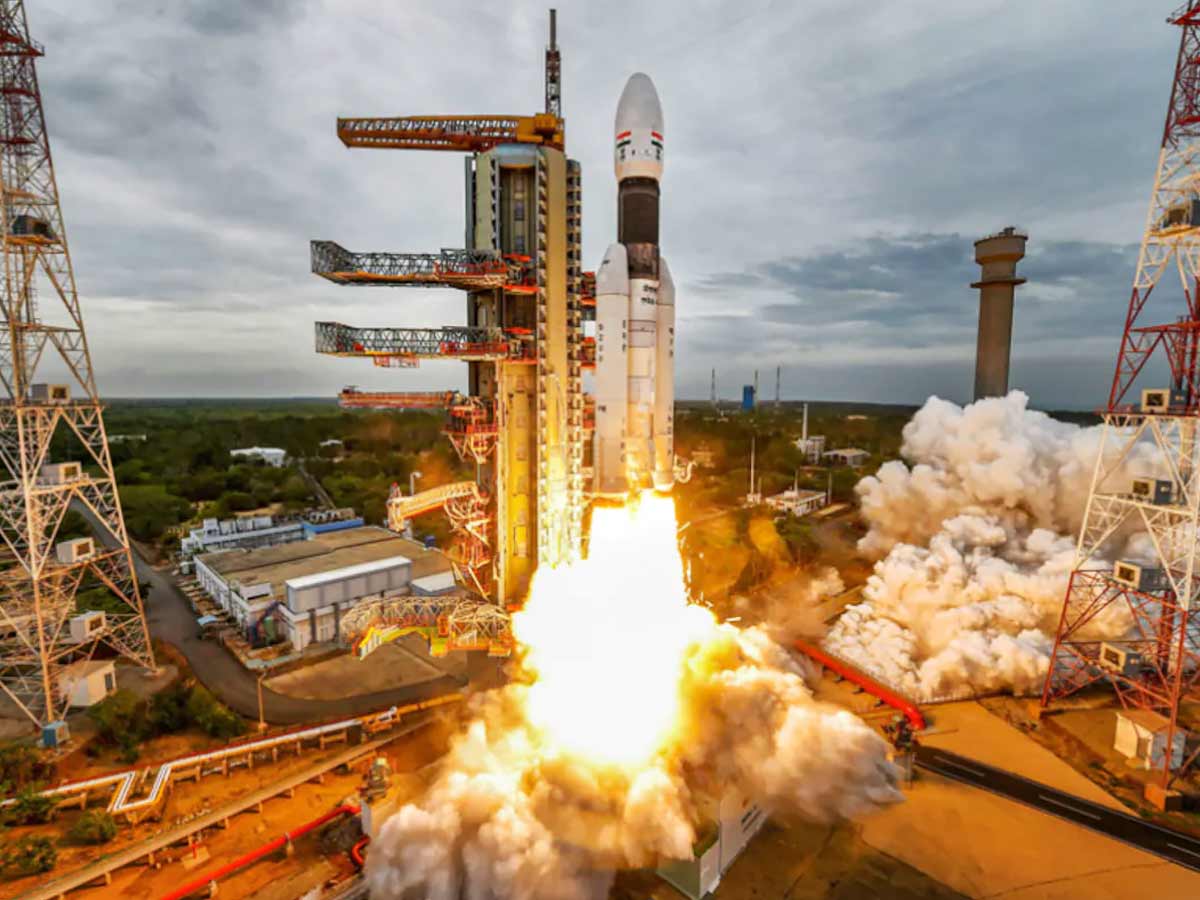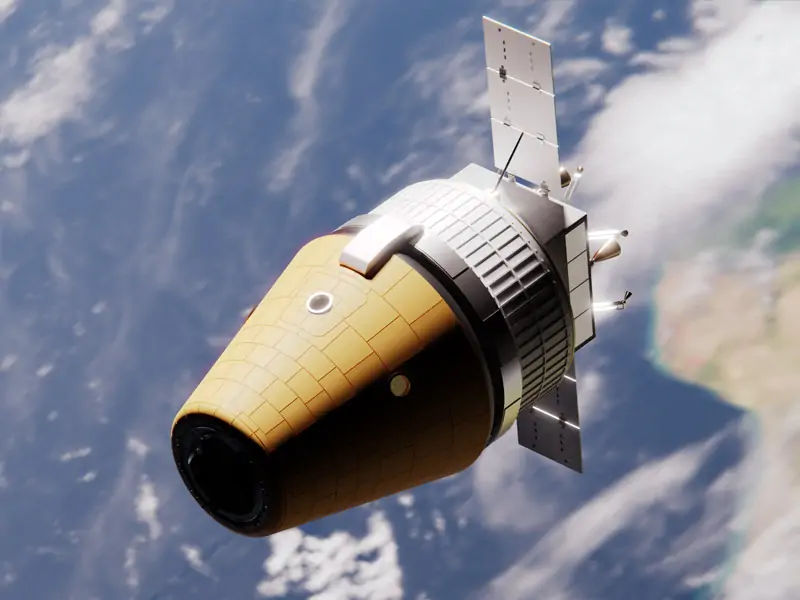Gaganyaan: India's First Manned Space Mission

Gaganyaan is one of the most ambitious upcoming projects of the Indian Space and Research Organisation (ISRO). Gaganyaan is actually an amalgamation of two Sanskrit words- Gagan and Yaan. Gagan means Sky, and Yaan means Craft. Gaganyaan is an Indian crewed orbital spacecraft intended to be the formative spacecraft of the Indian Human Spaceflight Program. In simple words, Mission Gaganyaan is going to be India's first manned space mission, and Gaganyaan is the name of the spacecraft that will fly Indian astronauts to space. As announced by Prime Minister Narendra Modi, the mission was initially scheduled for 2022. Still, it got delayed due to the pandemic.

Gaganyaan is a 5.3 t (12,000 lb) capsule that has been designed to carry 3 people. The spacecraft will orbit the Earth at 400 km altitude for up to seven days with the three crew members on board. The mission is expected to be launched in 2023. The crewed vehicle will be launched on GSLV Mk III. The module has been designed by Hindustan Aeronautics Limited. The first uncrewed flight of the module was launched on 18 December 2014. The design of the crew module was completed as early as May 2019. While ISRO is the main agency that will launch and monitor the mission, other important Indian agencies like DRDO will provide support for critical human-centric systems and technologies required by a crew to survive in space. These technologies include space-grade food, crew healthcare, radiation measurement, and protection and parachutes.
It took ISRO over 14 years to reach the launch stage of mission Gaganyaan. The national space agency started preliminary studies and technological development of Gaganyaan in 2006. The craft was given the generic vehicle "Orbital Vehicle." The scientists at ISRO wanted to develop a capsule capable of surviving in space for over a week. The aim was to develop a capsule with the capacity of two astronauts. In March 2008, the design of the capsule was finalized, and ISRO submitted it to the government of India to get funding.
While the funding was sanctioned in 2009, the lack of political support and will to India's own manned space program resulted in limited funding in the development stage. This resulted in significant delays at various stages. For example, the first uncrewed flight of the orbital vehicle that was proposed to be in 2013 was delayed to 2016. In 2013, there were reports that the lack of funding had put the project off ISRO's priority list. However, a new government came in 2014, and the project was reconsidered. The government increased the budget of ISRO, and Gaganyaan's mission benefited directly from it. The Gaganyaan vehicle is being developed by the ISRO on the tests performed with the agency's scaled 550 kg Space Capsule Recovery Experiment (SRE). SRE was launched and recovered in January 2007.
2017 was a significant year for the mission as PM Modi accepted it formally by making an official announcement on 15 August 2018. The current mission has been designed for a crew of three. Four biological and two physical science experiments related to microgravity will be conducted by the Indian space agency.
Financial Factors: Nearly US$1.77 billion will be required for the crewed spacecraft over a period of 7 years. Out of this, nearly $50 billion will be consumed in the initial work of the crewed spacecraft. The government has also approved another $1.5 billion for a 7-days crewed flight of 3 astronauts. The astronauts that will be a part of the mission are being trained in Russia. Russia is also providing some other minor assistance for the program. The full-scale mock-up of the crew capsule of Gaganyaan was built and delivered to Satish Dhawan Space Centre in 2009 itself. It is going to be one of the most ambitious space programs in the history of India, and the preparations are almost done.
Several basic building blocks of the program, including the re-entry space capsule, pad abort test, safe crew ejection mechanism, flight suit, and the GSLV Mk III vehicle, have already been developed by India. ISRO signed an agreement with Glavcosmos, a subsidiary of the Russian state corporation Roscosmos, on 1 July 2019, for cooperation between the two agencies in various aspects of the program.
The astronauts will be accompanied by Vyommitra, a female-looking robot. The robot is capable of detecting environmental changes and giving warnings, and changing the air temperature of the cabin in case the temperature inside it becomes uncomfortable for the crew. The robot can also follow commands by the crew. The announcement regarding Vyommitra was made in 2020.

